Hadong Tea Museum (하동야생차박물관)
15.3Km 2022-08-05
571-25, Ssanggye-ro, Hadong-gun, Gyeongsangnam-do
+82-55-880-2956
The Hadong Tea Museum is located at the foot of Jirisan Mountain in Hadong, Gyeongsangnam-do. It aims to promote the tea culture of the area, the first tea producer in the nation, while advertising the quality and superiority of Hadong green tea. The center is located adjacent to the tea farming area and Ssanggyesa Temple, one of the most famous tourist attractions in Korea.
The museum features an exhibition hall explaining the history and culture associated with Korean tea, and an experience hall where visitors can enjoy hands-on programs like making tea and learning traditional tea etiquette, as well as a shop selling high-quality tea produced in the region. Every year, the museum also hosts the Hadong Wild Tea & Culture Festival every year.
Dosimdawon (도심다원)
15.5Km 2025-10-23
51-2 Sinchondosim-gil, Hadong-gun, Gyeongsangnam-do
Hadong's tea fields, which are known as the thousand-year-old tea fields, are characterized by being wild rather than cultivated. Among the many tea gardens in Hadong, the one with the most beautiful and peaceful scenery is Dosimdawon. In “House on Wheels,” actor and singer Yim Si-wan and Girls' Generation Yoona sat in a pavilion and sipped green tea while looking out at the green tea fields stretched out below. Tea utensils and tea leaves in a picnic basket are available for rent so that you can brew your own tea.
Burilpokpo Falls (불일폭포)
16.3Km 2024-02-08
103 Mogap-gil, Hwagae-myeon, Hadong-gun, Gyeongsangnam-do
Situated 720 meters above sea level, Burilpokpo Falls stands as the tallest waterfall on Jirisan Mountain, boasting a x_height of 60 meters and a x_width of 3 meters. It features a distinctive two-tier structure, with the enchanting Yongchumot and Hangmot Ponds nestled below, adding to its profound natural allure. Conveniently located just 3 kilometers from Ssanggyesa Temple, it's an ideal spot to visit following a trip to the temple.
Hadong Wild Tea Cultural Festival (하동 야생차문화축제)
16.5Km 2025-07-11
571-25 Ssanggye-ro, Hadong-gun, Gyeongsangnam-do
+82-55-880-6583
The Hadong Wild Tea Cultural Festival is a fragrant celebration in Hadong, a region renowned for its green tea, historically known as the “king’s tea” due to its royal offerings. The Hadong 1000-Year Dahyang Trail is perfect for leisurely walks, connecting hills and tea fields with decked paths and narrow village roads. Following the successful “World Tea Expo 2023 Hadong, Korea,” the festival solidified Hadong’s reputation as a “tea-refreshing cultural city.” The diverse program includes tea cup busking, moving art galleries, music and art spaces, tea classes, book discussions, meditation and refreshing programs, and trekking on the 1000-Year Dahyang Trail, providing ample opportunity to fully experience Hadong and its tea culture.
◎ 1000-Year Dahyang Trail
Hadong’s proximity to the Seomjingang River results in frequent fog and high humidity, coupled with significant temperature variations, creating an ideal environment for tea cultivation. Historical records indicate that tea has been grown here for a thousand years, marking Hadong as the birthplace of Korean tea cultivation.
Hadong Ssanggyesa Temple (쌍계사(하동))
17.3Km 2024-03-08
59 Ssanggyesa-gil, Hadong-gun, Gyeongsangnam-do
Ssanggyesa Temple was founded on the southern foothills of Jirisan Mountain in 722 during the reign of Silla King Seongdeok. The temple is famous for the 6-kilometer stretch of cherry blossom trees that bloom each spring. The temple was originally called Okcheonsa Temple, but was changed to the current Ssanggyesa Temple in 887. The current temple buildings were all built in 1632, after having been burned down during the Imjin War (1592-1598). The temple grounds and nearby area feature many historic and beautiful attractions, including Burilpokpo Falls and a large tea plantation.
Jirisan National Park (Hadong Section) (지리산국립공원(하동))
17.4Km 2021-06-24
Hwagae-ro, Hadong-gun, Gyeongsangnam-do
+82-55-883-1750
Designated as the first national park in Korea on December 29, 1967, Jirisan National Park stretches out over 483.022 square kilometers, making it the largest national park among all 22 national parks. It covers Korea’s three southernmost provinces; Gyeongsangnam-do, Jeollanam-do, and Jeollabuk-do, one city, four counties, and 15 districts of eup and myeon. The area in Gyeongsangnam-do has many temples including Ssanggyesa Temple and Chilbulsa Temple, as well as valleys, falls, and other tourism resources.
Baegunsan Recreational Forest (백운산자연휴양림)
17.7Km 2024-02-01
337 Baekgye-ro, Gwangyang-si, Jeollanam-do
+82-61-797-2655
Located in Baegunsan Mountain is a recreational forest that is a testament to Korea's rich ecosystem. Home to many rare fauna and flora, the area brims with diverse attractions. Come springtime, visitors can find the maple sap, a mineral-rich liquid from a local deciduous tree of the maple family, known for its medicinal benefits. Indeed, this is a recreational forest cradled in the arms of nature. With the towering Baegunsan peak, scaling 1,222 meters, as its crown jewel, the landscape unfolds like a tapestry woven with harmonious blends of man-made and natural pine forests. Journey through the cedar and cypress woods, and one will find the valley that evokes sheer wonder. Close by, history whispers through the ancient Ongnyongsa Temple Site, where Doseonguksa dedicated 35 years to ascetic practices. As February turns to March, over 7,000 camellias blossom around this sacred site, painting the area in vibrant hues.
Starway Hadong Healfort (힐포트하동)
17.7Km 2024-12-13
3352-1 , Seomjingang-daero, Hadong-gun, Gyeongsangnam-do
Hadong Healfort, situated halfway up the mountain in Akyang-myeon, Hadong, Gyeongsangnam-do, is located near Pyeongsa-ri, which is the setting of the novel Toji, and offers a panoramic view of the Seomjingang River. In the living room, the view from the window is as lovely as a framed picture. There are 13 guestrooms, divided into three types: double, twin, and ondol (underfloor heated), each with a living room, bedroom, bathroom, and private terrace. This is an ideal location for couples to relax and enjoy the view.
Baegunsan Mountain Donggokgyegok Valley (백운산 동곡계곡)
17.9Km 2021-04-23
154, Yaksujedan-gil, Okryong-myeon, Gwangyang-si, Jeollanam-do
+82-61-797-3333
Donggokgyegok Valley is one of four large valleys on Baegunsan Mountain. The valley opens up towards Gwangyang, with the waters of Dongcheon Stream flowing into Gwangyangman Bay. Donggokgyegok Valley is wide, making it convenient for transportation, and perfect for a family getaway during the holidays. Located along Hanjae Pass between the mountain summit and Ttoaribong Peak on the west side, the valley is also sometimes called Dapgoksimni. The valley stretches a distance of 10 kilometers and is especially beautiful in fall when surrounded by vibrant autumn foliage. Donggokgyegok Valley is a protected nature reserve with over 900 various species of vegetation.
Danpyun (단편)
18.5Km 2024-02-19
202 Gichamaeul-ro, Ogok-myeon, Gokseong-gun, Jeollanam-do
Danpyun is a dessert café inspired by Korean rice cakes. Popular menu items include the danpyun uyu, filled with fresh blueberries, injeolmi chiffon (bean-powder-coated rice cake chiffon) and heugimja chiffon (black sesame chiffon), made with 100% domestically sourced rice. The picturesque view outside the window creates a gallery-like atmosphere, making it a perfect spot to enjoy alongside a visit to the Seomjingang Train Village located right next door.

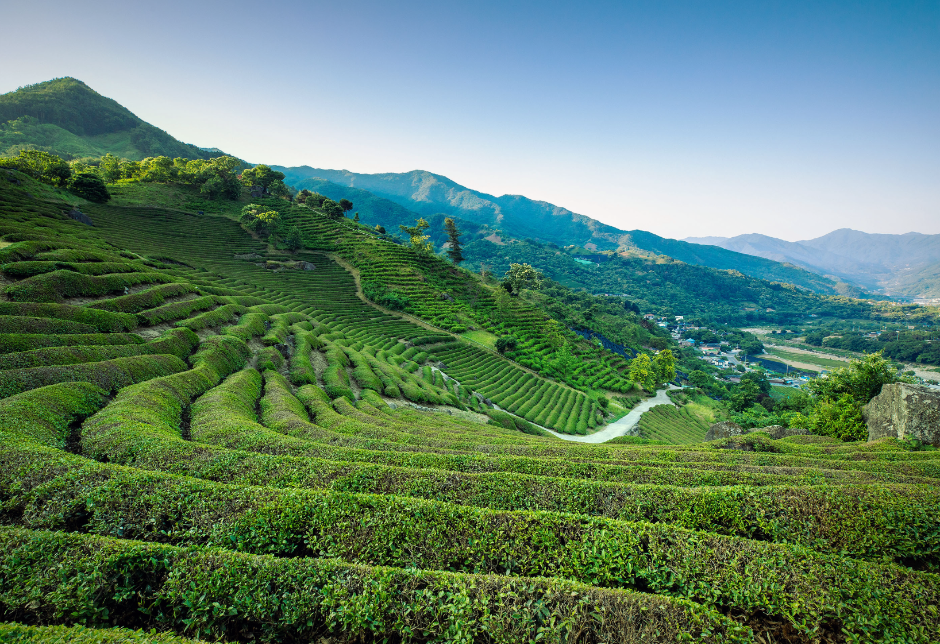
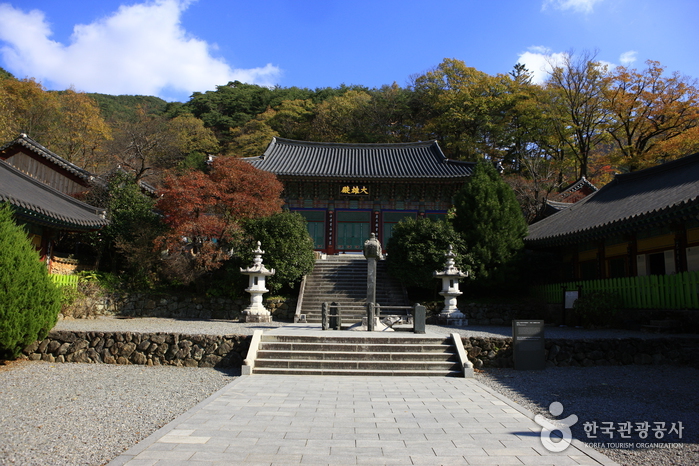
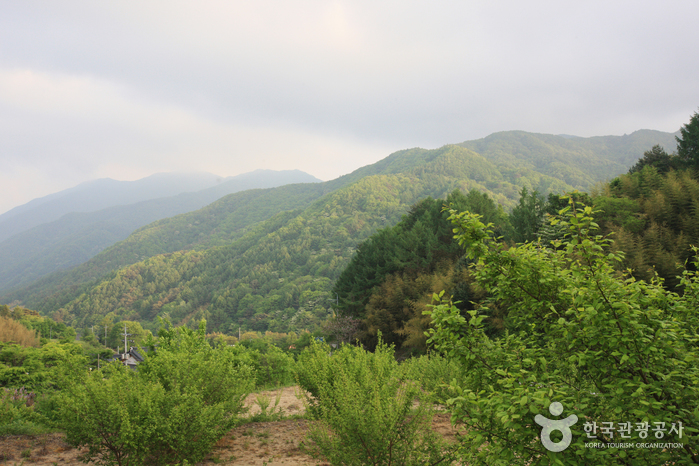
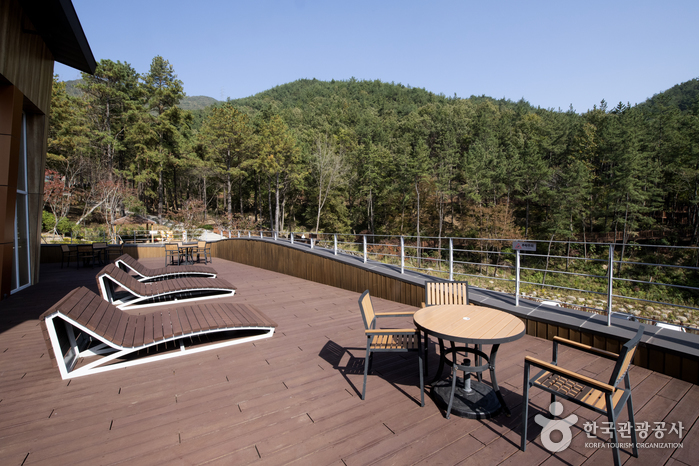
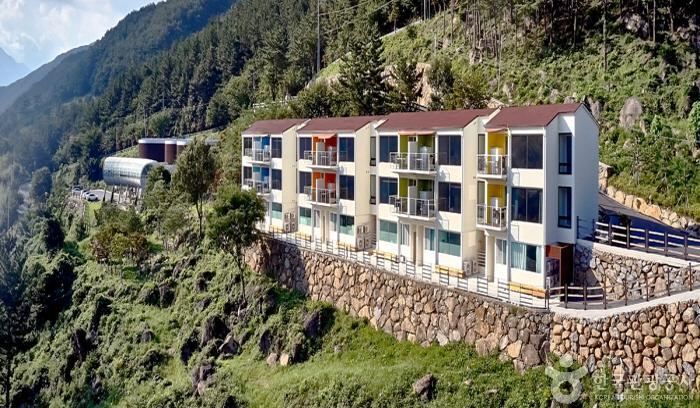
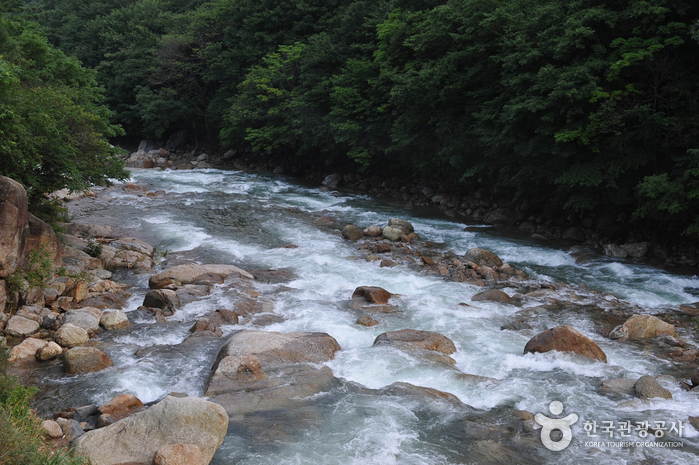
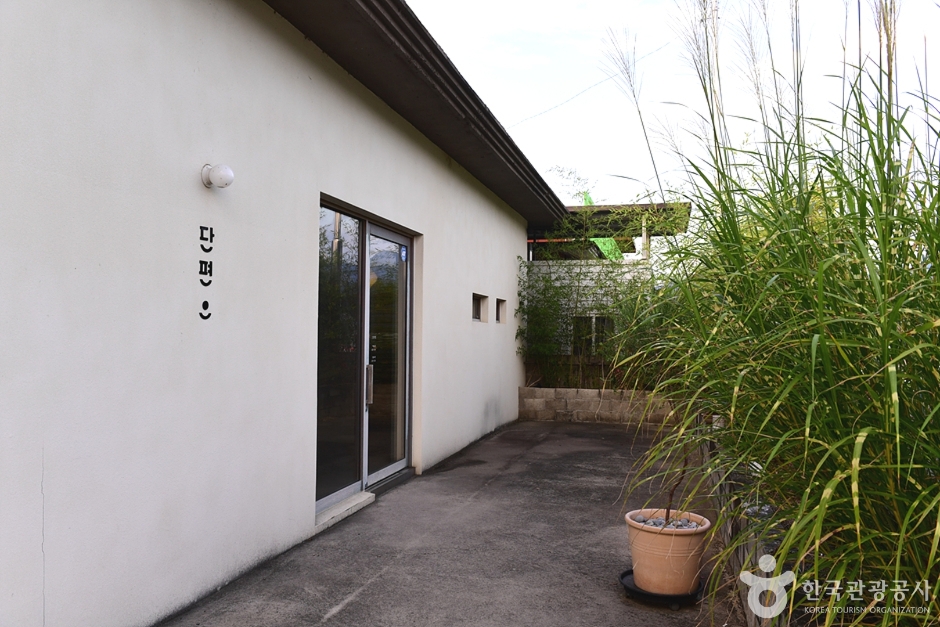
 English
English
 한국어
한국어 日本語
日本語 中文(简体)
中文(简体) Deutsch
Deutsch Français
Français Español
Español Русский
Русский